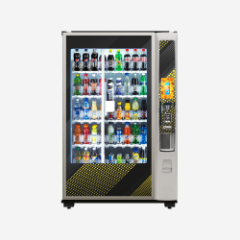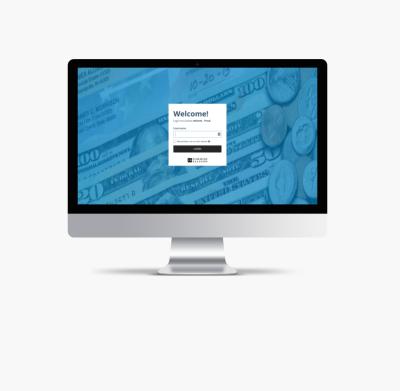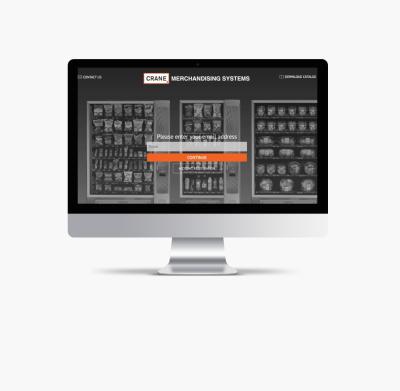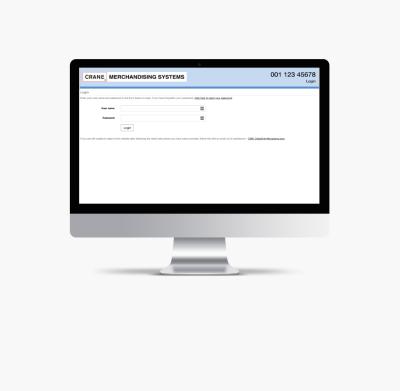For the third year in a row, The Paypers released their analysis on payment. This Dutch organization’s yearly “Payment Methods Report” highlights global trends and developments. Their 2018 version did not disappoint. It outlined the major options, obstacles, and opportunities in payment by relying on research, data, and thought leadership.
The Paypers publication also takes a considerable look at industry innovations. While the report analyzes much of what industry-insiders already know (the payment industry is in flux; payment methods differ depending on the country), the focus on alternative payments is insightful. Crane Payment Innovations inhabits and thrives in this world. We have given this report a thorough read. Here are some of the understated trends that CPI believes are worth another look.
“Cash is no longer king” is an attention-grabbing headline shared whenever alternative payments reach new benchmarks. Of course, cash isn’t the majority payment method anymore, but it remains prominent in a disintegrated worldwide market. While banking is being transformed globally, there are trends that run counter to the cliché. For example, the demand for cash is actually growing in Europe.
What is especially compelling is not the divide between cash or electronic, but where the two overlap. There has been a significant move toward digital cash payments. Online Banking ePayments (OBeP) make transactions fast and secure. They create additional convenience and security during online checkout. In the US, Amazon incentivizes the use of Automated Clearing House (ACH) payments by giving cash as a reward.
For retailers, this is a benefit that encourages repeat business. For consumers, it’s an improved alternative to prepaid cards or Direct Carrier Billing (DCB). By removing large transactional fees, app retailer costs, and regulatory obstacles, it could lead to increased access to financial institutions. This is especially relevant in emerging markets where many avoid banks: the unbanked and underbanked.
The unbanked and underbanked (respectively referring to people who don’t use any banking services or those who require limited services) represent a unique prospect for financial institutions. It doesn’t mean that they avoid financial services completely. Between traditional and alternative payment methods, there exists a large opportunity to reach those excluded. As the report cites, nearly 40 million (mostly Eastern) Europeans avoid (or underutilize) banks. The primary reason that the unbanked don’t have an account: not enough cash.
Financial inclusion has the possibility to make customers out of the unbanked and underbanked. This occurs while global retail banks increasingly shutter branches. According to The Paypers’s report, over 1700 banks closed in the US in one year. As a headline, this is jarring (it’s worth noting that 200 of those were Wells Fargo branches and, besides their ongoing issues with the US Fed, they were set to right-size branches to catch up with competitors). Of course, these trends are a major facet in the evolution of consumer-facing spaces. As brick and mortar stores undergo change, branch closings are another part of the process rather than a reflection of less banking.
Unbanked (and underbanked) consumers are typically from financially insecure backgrounds. They operate in an area that is largely cash based, yet they lack the money, trust, or the proficiency to use banks. International concerns, especially in emerging countries, have implemented financial services kiosks to tap into this market. CPI offers a number of cash handling products for kiosks. In the US, there are many reasons why banks have avoided this market, but given the ability to increase their customer base, it shouldn’t be ignored anymore.
Global payments are fragmented. Payment types vary by country and can differ dramatically. Some nations (Sweden) are closer to cashless than others (Germany). For a number of socioeconomic reasons, this divide continues to exist. And this split has created a vacuum in alternative payments. Options like pay later solutions, OPeB, and e-wallets can fill that void.
E-wallets, in particular, continue to grow because they easily integrate on multiple devices. They’re also simple to use. Mobile payments (as e-wallets are sometimes called) are an alternative to banking cards. For example, retailers use it to reach more of their customers, track spending patterns, and encourage more spending through loyalty programs (for example, Walmart has an e-wallet). However, this market is fragmented. China has seen very high adoption through WeChat Pay and Alipay. India has some acceptance, but not integrated to the same extent.
The biggest obstacle for Indian e-wallet adoption is the fact that it competes with Unified Payments Interface. UPI is an instantaneous payment system that is compatible with all other payment platforms. Since it’s backed by banks for direct transfers and exempt from new regulations, UPI has the possibility to transform digital payment in India. As Indian demonetization goals remain unrealized (cash use is back to pre-event levels), kiosk use continues to grow. This is an opportunity to use kiosks and encourage digital payments.
Alternative payment types are often seen as pure solutions, but that discounts the ability of bridge technologies. In this case, financial services kiosks. Their capacity to quickly transfer cash into bank accounts can have immediate, positive outcomes. For countries that remain cash-based, it securely and conveniently makes the move to mobile. For people that are unbanked (or underbanked) it grants entry into financial institution accounts.
The fascinating future of payments can’t be simplified to cash vs. cashless storyline. It is overlapping and it differs depending on nation and the individual. Some, like Denmark, are marching toward mobile, while others (India) remain hesitant to remove banknotes. This year’s “Payment Methods Report” is a comprehensive review of alternative payment options. While a number of payment alternatives exist, some options can be better utilized to bridge cash and digital integration.









































